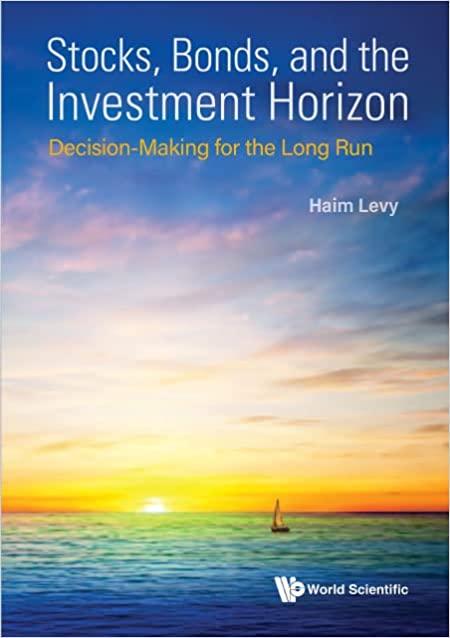Question
1.An investor has invested 75% of his assets in a money market fund. Generally, what is the investment horizon of such an investment? A 0
1.An investor has invested 75% of his assets in a money market fund. Generally, what is the investment horizon of such an investment?
A 0 1 year.
B 3 5 years.
C 5 7 years.
D 7 10 years.
2.In primary markets, first time issued shares to be publicly traded in stock markets considered as
A. traded offering.
B. public markets.
C. issuance offering.
D. initial public offering.
3. Underwriting is one of the services provided by ____.
A. Securities Commission
B. investment bank
C. publicly traded companies
D. Federal Reserve
Information for Question 11 & 12 :
4.Refer to diagram above, a shift from curve 1 to 2 shows that:
A investors will have less utility because there is greater return for the same level of risk.
B investors will have less utility because there is greater return for a different level of risk.
C investors will have more utility because there is greater return for the same level of risk.
D investors will have more utility because there is greater return for a different level of risk.
5.Given the indifference curves above, which of the following statements is CORRECT?
A The investor prefers portfolio A because it has a lower level of risk.
B The investor prefers portfolio B because it has the greatest expected return.
C The investor prefers portfolio E because it is on the indifference curve 2, which is higher than the indifference curve 1, where both portfolios A and B are situated.
D The investor does not prefer one portfolio from another as each portfolio lies on an indifferent curve.
6.Shares of established, highly quality companies are often called as
A. cyclical shares.
B. Blue chips.
C. income shares.
D. growth shares.
7.The finalized registration statement for new securities approved by the SEC is called as
A. a red herring
B. the preliminary statement.
C. the prospectus
D. initial public offering.
8.What is the asset allocation of a typical capital preservation fund?
A 10% equities, 85% fixed income and 5% cash.
B 40% equities, 50% fixed income and 10% cash.
C 50% equities, 50% fixed income.
D 70% equities, 20% fixed income and 10% cash.
Step by Step Solution
There are 3 Steps involved in it
Step: 1

Get Instant Access to Expert-Tailored Solutions
See step-by-step solutions with expert insights and AI powered tools for academic success
Step: 2

Step: 3

Ace Your Homework with AI
Get the answers you need in no time with our AI-driven, step-by-step assistance
Get Started


